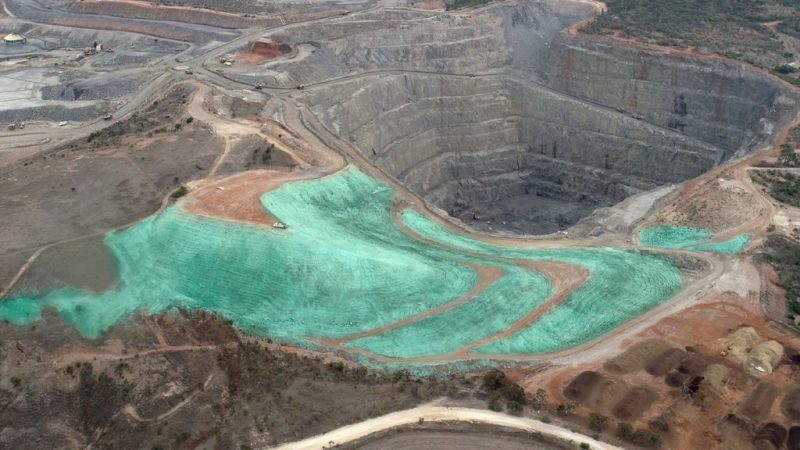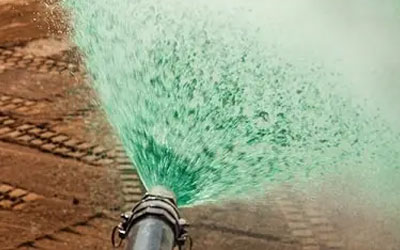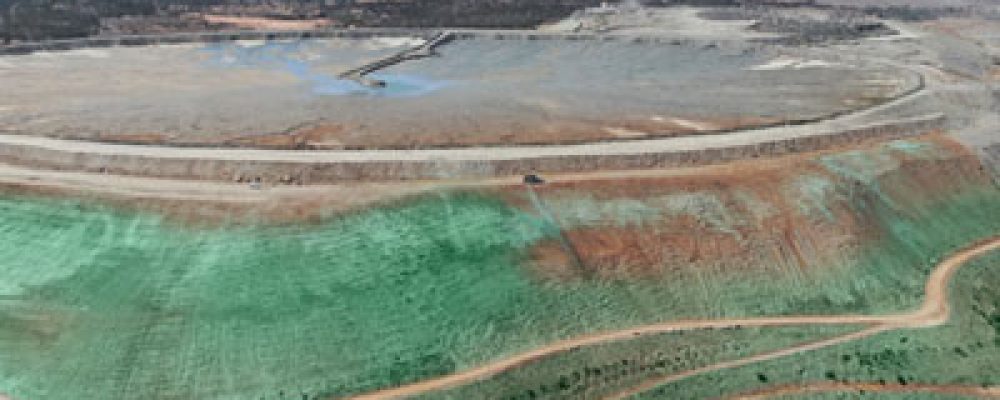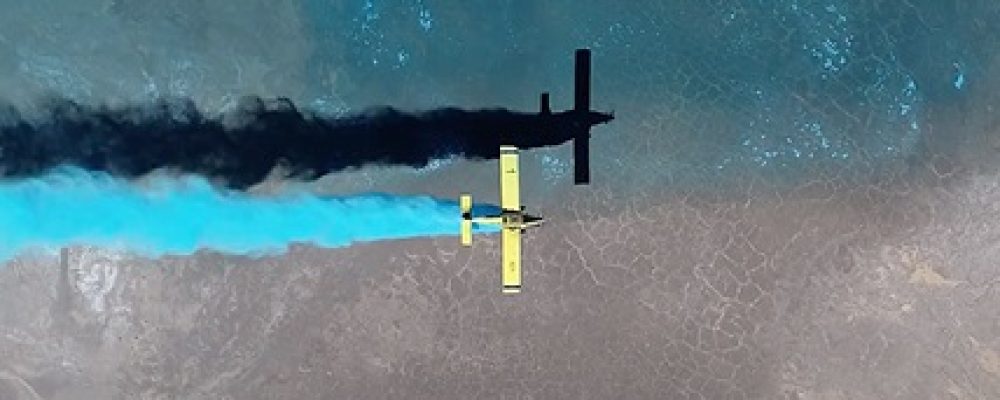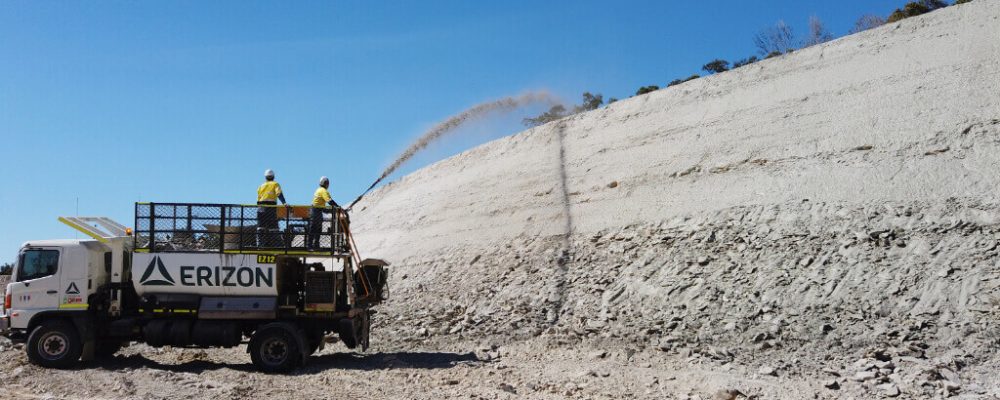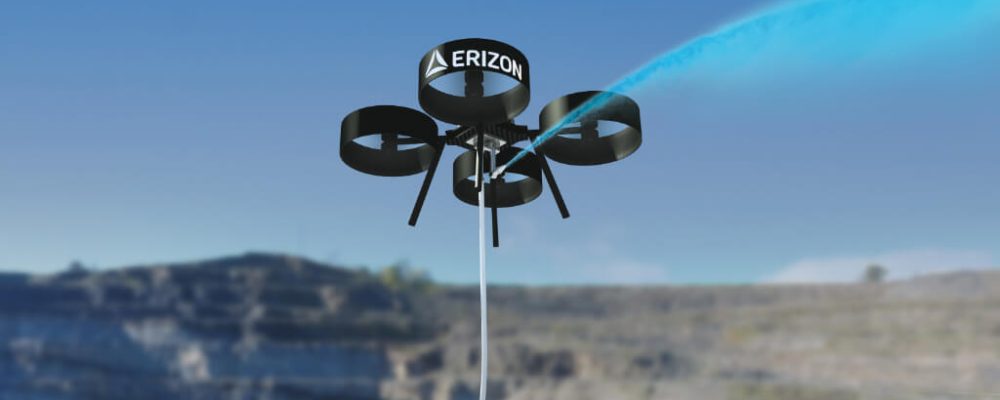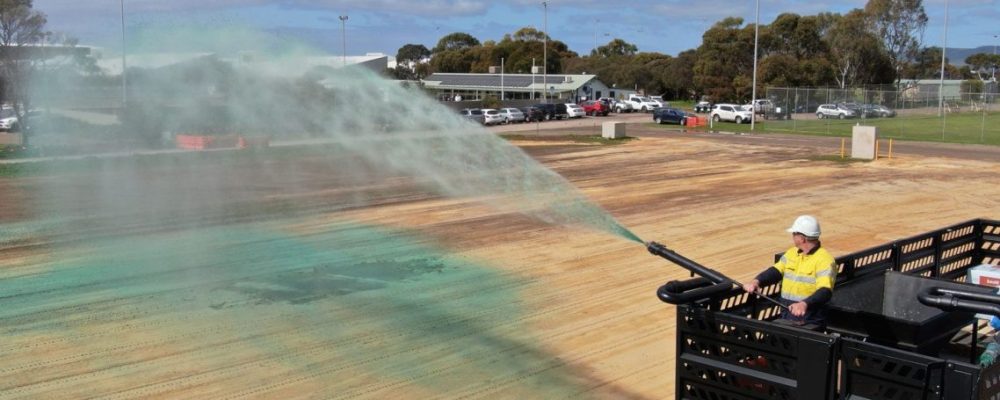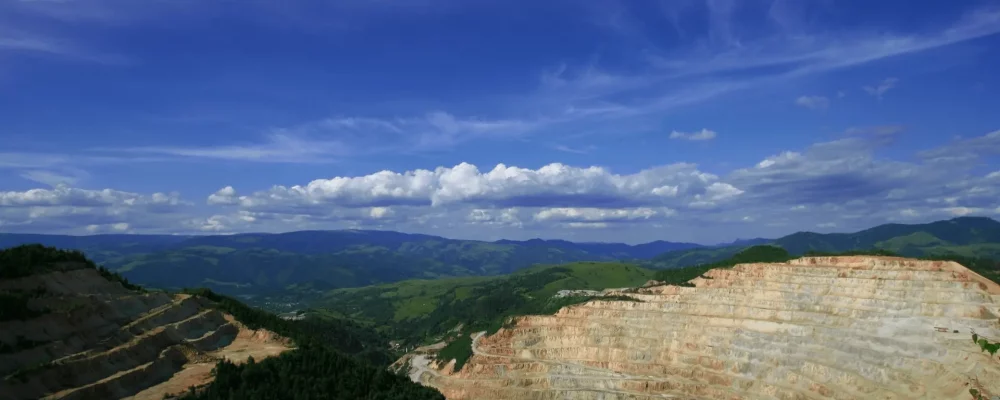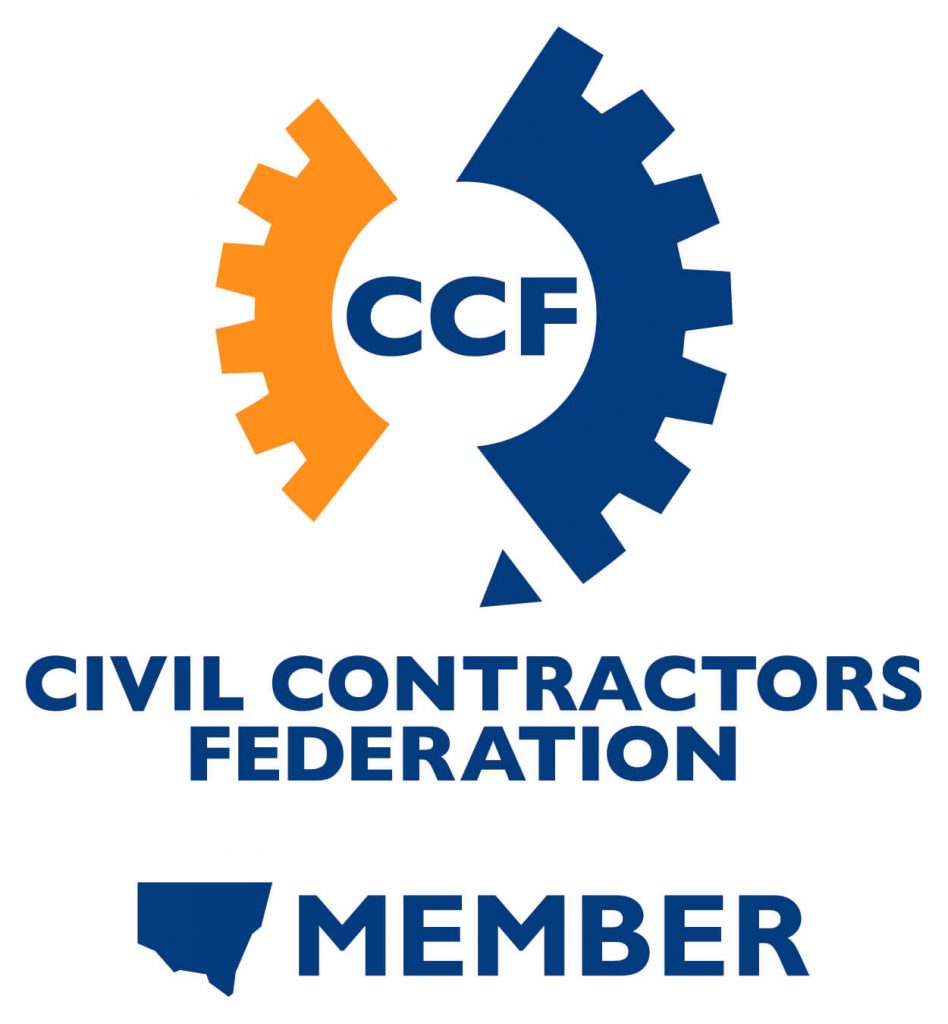Drones have become more common in recent years and their benefits have been seen in many industries, the horticulture industry is no different. Here are a few benefits that drone technology brings to revegetation projects that you should consider for your project.
1. Mapping your project
When planning any revegetation project mapping is an incredibly important step and drone mapping provides flexibility and precision. Drone land surveying can help eliminate accessibility challenges that would hinder manual surveying techniques. Many safety issues are also minimized or removed entirely when mapping with drones as they can access dangerous or unstable locations without the need to put boots on the ground.
Drone mapping services are often more cost effective than mapping services provided by satellites, manned aircraft, or even manual surveying. Drone land surveying has lower overheads than satellite or manned aircraft surveying and requires less man hours than manual surveying, providing a cost-effective solution for any project mapping. With the current technology it’s possible that the mapping can be completed and produced within a day or two, cutting down the time investment significantly.
3D drone mapping provides a level of accuracy that more traditional or manual forms of mapping struggle to attain. Drone mapping can provide an accurate topographical map with a high degree of accuracy in difficult to reach locations while eliminating the need for boots on the ground. This is especially important in situations where it could be dangerous due to unstable terrain, dangerous slopes, or other environmental dangers and concerns. The increased safety provided by drone mapping, combined with the accuracy provided, makes choosing a drone survey service a great decision for your revegetation project.

2. Drone seeding
The benefits of 3D drone mapping also translate well to using drones for seeding a revegetation project. The accuracy and flexibility once more shine through when compared to other traditional options.
When applying seeds, or a seed mix like hydromulch, with drones the accuracy provided by current technology provides a great quality result. The drone monitors the ground it is traveling over and keeps its flight level centimetre accurate, even over uneven terrain, ensuring an even covering of the seed to produce uniform and consistent vegetation.
The manoeuvrability of a UAV drone once more helps eliminate many safety concerns while providing the flexibility to ignore many accessibility challenges. Whether the project location is sloped, uneven, or just difficult to access drone seeding overcomes these challenges with ease.
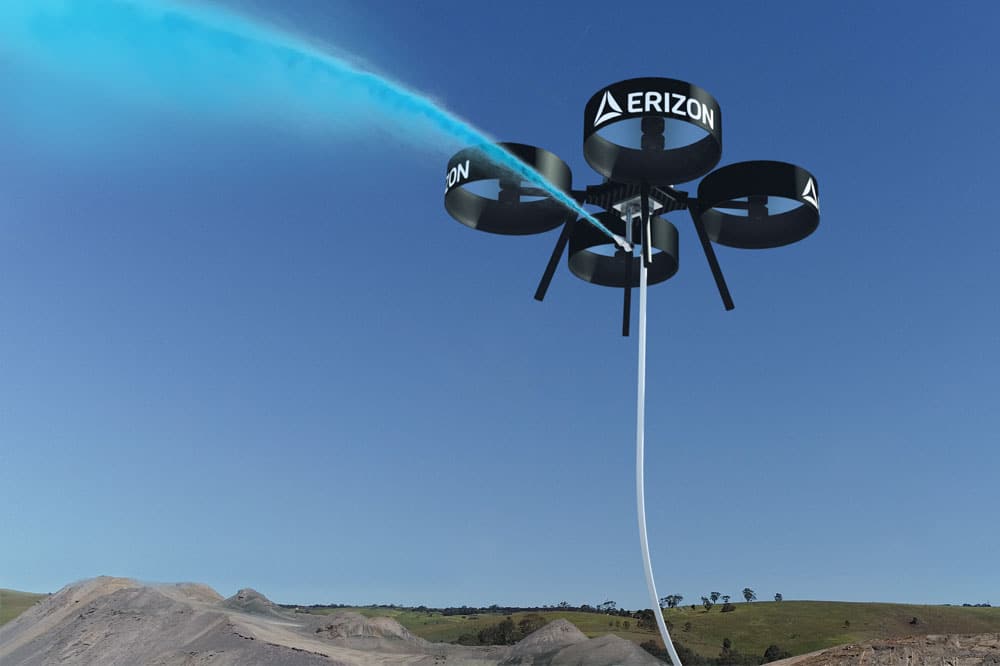
3. Project monitoring
Monitoring your revegetation project after the planting is just as crucial as the initial planning. But monitoring the project will often share the same safety or accessibility challenges that drones helped eliminate in earlier stages. Once more drones provide a safe and cost-effective answer for these challenges during this stage of the project while bringing other advantages.
Drones can be equipped with several different sensors or filters for the camera which can aid in monitoring the project and locate potential problems. Normal RBG images captured by a digital camera provide an easy way to view the condition of the vegetation during its growth and potentially help locate trouble locations without the need to physically inspect the site.
Both multispectral and thermal imagery can be used while monitoring the ongoing project to track various things. Multispectral imagery takes advantage of the ability to capture image data at specific frequencies along the electromagnetic spectrum. These images aid in tracking variation in growth and identifying potential areas of stress or underperformance that may need additional help to encourage healthy growth.
Thermal imagery provides information on both invasive pests and water use. Threw the use of thermal imagery you can identify areas that may need additional irrigation or watering for healthy growth. The early identification of invasive pests is key to eradicating them before they become a bigger problem, thermal imagery assists with this while eliminating the need for physical inspections in hard to access locations.
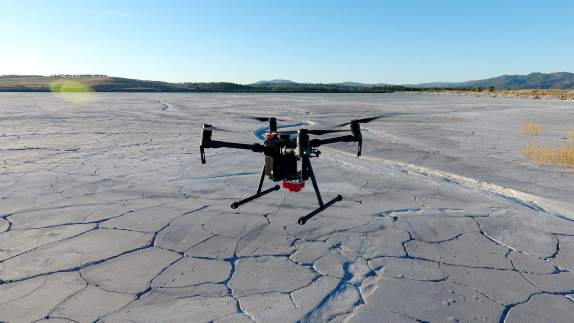
4. Post planting care
The flexibility and accuracy of drones shines through in post planting care. Whether it’s the application of fertiliser or pest control drones once more have an advantage over traditional application techniques, bringing cost effectiveness and safety to the project here too.
The ability from a drone to hold a centimetre accurate flight level over uneven terrain ensuring a consistent spray density across all the vegetation provided efficiency and removing waste due to over spraying. In the case of pest control over spraying has the potential to create health issues for the vegetation, the control provided by drones lowers this risk and allows for accurate spot spraying if necessary.
As an industry-leader for innovative environmental solutions, Erizon utilises drone technology for the delivery of our services. We are fully compliant with the government’s state and territory rules in flying drones and have a team of certified and experienced drone operators to ensure project success.
